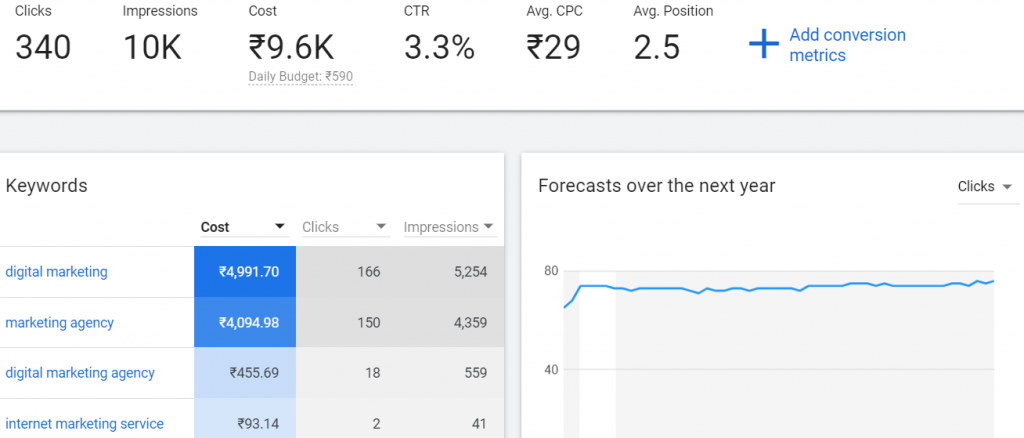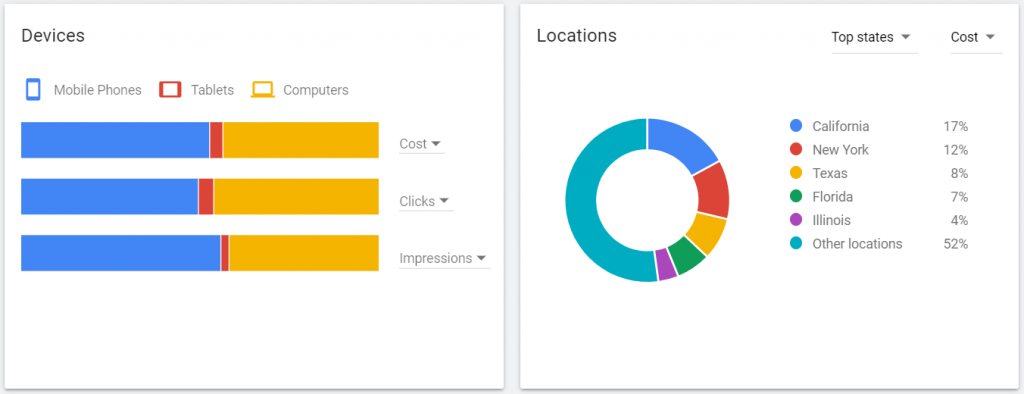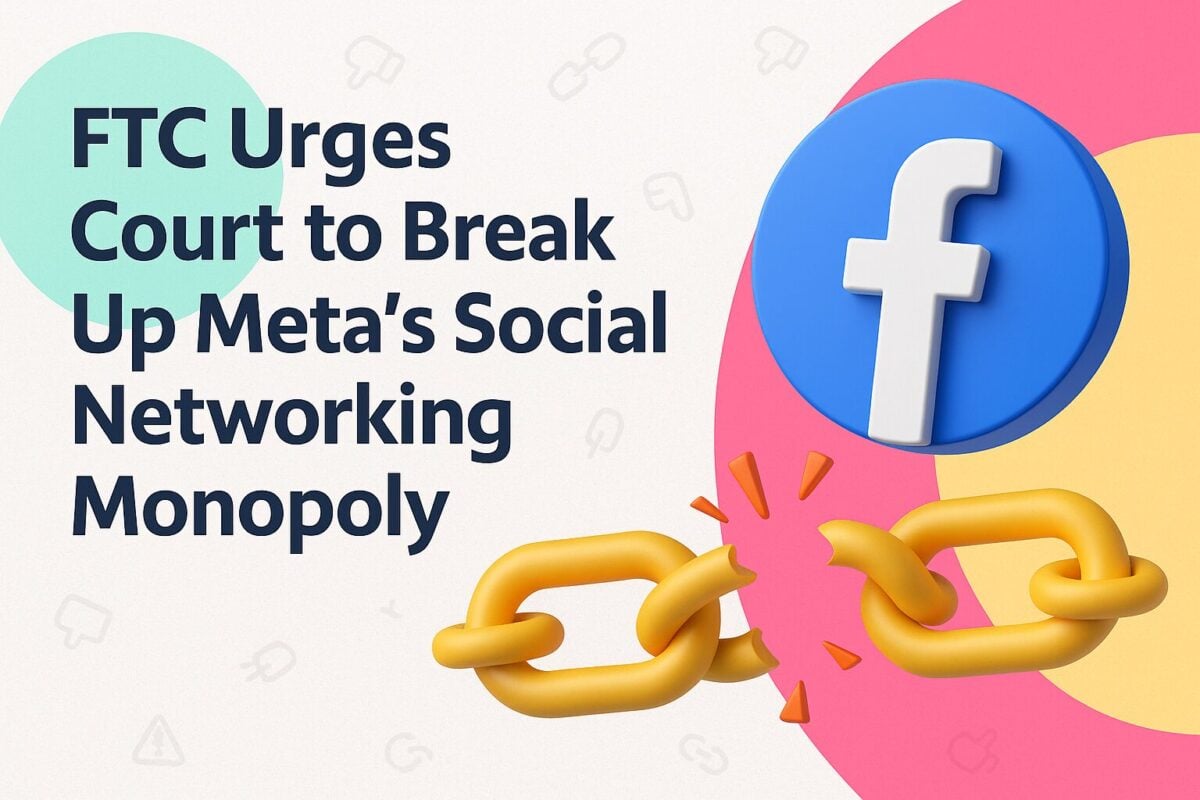Search engine marketing (SEM) is the marketing technique of placing ads on the search engine results pages (SERPs) to get website traffic. The term is often confused with search engine optimisation (SEO), which is related more to optimising your website to get more traffic. The two are completely different in both meaning and execution.
This post focuses on the SEM aspect and how to best use it for your business. It might seem like a simple thing to simply place ads and get traffic, but it takes a lot more than that to do it well. To be successful at SEM, you need to craft the right message, select the right keywords, and target the right audiences.
If not done right, it can turn into a money pit that delivers very low ROI on the substantial investment that you put into it. Therefore, we are here to help you with all aspects of search engine marketing, including costs, for your business.
What is Search Engine Marketing (+ How You Can Do It Successfully):
Search Engine Marketing - What is SEM and How Does it Work?
Before we get into any details, let’s first understand how SEM actually works.
Have you ever typed in a Google search query and noticed that the first 1-2 results are actually ads? These appear as any other listings but actually are sponsored. If you know what we are talking about, then that’s the gist of SEM. If not, you can keep an eye out for such ads the next time you run a search query in Google.
In a nutshell, SEM allows you to place those ads on a search engines results page when a user types a query. Advertisers bid for keywords for which they want their ads displayed. When a user types a particular search query, the advertisers who bid the highest for that keyword will get their ads displayed first.
As with SEO, it is crucial for SEM as well that your ads are displayed on the first page of the search engine results pages. Most people don’t look beyond the first page, so if your ads are displaying on any other page, it is simply a waste of money.
Given that so many advertisers might be bidding for the same keywords and only a few get to be on the first page, you can understand the level of competition.
This is where knowing the right SEM strategies can help you stand out. If you want to beat your competition, you need to be smart and bid on the right keywords. In the next section, we will discuss what you need to know about paid search keywords and how to select the best ones for your SEM.
SEM Keywords - Everything You Need to Know
Keywords are the main pillars behind the success of search engine marketing. As an advertiser, you need to bid on keywords for which you want your ads to be displayed. Selection of these keywords is crucial to your success.
How can you find the right keywords to bid for? Two words: keyword research.
Keyword Research
You need to conduct thorough keyword research before you even think about starting a paid search campaign. Keywords are not only the foundation of SEM but also SEO and content marketing. Clearly, keyword research is very important as it helps with all your marketing endeavours.
For your keyword research, you can either use a third-party tool like SEMrush or the Google Keyword Planner which is a built-in tool that comes with your Google Ads account.
No matter which tool you decide to use for your keyword research, the process is similar. You need to type in an industry, niche, or keyword and these tools will provide a list of related keywords. You can then sort and filter that list and select the right keywords for your business.
Keyword Selection
Once you have your list of keywords, the biggest task is to select the right keywords to target with your ads. You can use metrics like keyword search volumes and difficulty scores to narrow down your list to the most competitive keywords.
Google Keyword Planner, for example, provides a lot of details about each keyword. This includes clicks, cost, CTR (click-through rate), average CPC (cost per click), search volume, forecasts, and a lot more. It provides more than enough information to help you decide whether a keyword is worth investing in or not.

Source: ads.google.com

Source: ads.google.com
Other important criteria for keyword selection are relevance and user intent. The first is related to your business and how relevant a keyword is to it.
The latter refers to what a user expects to find when they search for a particular keyword. To understand a keyword’s user intent, you can search for it on Google and see what kind of results are listed. Then, you need to ask yourself if the user intent matches with what you’re offering and whether these are the search users that you want to target.
Another trick to beating the competition is to use as niche keywords as possible. These might not have very high search volumes but are more relevant to your business. This means that the people who search for these terms are exactly who you want to target.
How to Run an SEM Campaign
You can run an SEM or paid search campaign by using one of the popular search engine advertising platforms. Google AdWords is by far the biggest and most popular platform. Other main options include Yahoo Ads and Bing Ads.
You can select any of these platforms for running your SEM campaigns, however, our pick would be Google AdWords. This allows you to place ads on the Google SERPs, and Google gets more search queries than any other search engine.
The most important aspect of SEM campaigns, other than keywords, is bidding and budget allocation. You need to first decide on the total amount that you are willing to spend on your campaign. This will help you determine your individual bids for different keywords.
Keyword bid basically refers to how much you’re willing to pay each time a user clicks on your ad. You need to put on a dollar amount called the max CPC bid, which basically shows the maximum per-click amount that you are willing to pay.
Google AdWords gives you suggestions for this and also has several smart bidding strategies that you can use.
For example, there’s a bidding strategy called enhanced CPC that automatically modifies your bids depending on the likelihood of getting conversions. There are several other such bidding strategies that can help you place smart bids and take off the pressure of manual bidding. So, if you are using Google AdWords, you can utilise these to your advantage.
After you have placed your bid, Google sort of runs a real-time auction to decide which ads to show first, for any particular search query.
What are Google Auctions and How Do They Work?
Google has its own process of deciding which ads to display for which search query. You might think that the advertiser with the highest bid will win, but that’s not always the case.
Google runs an auction of sorts to decide which ads to display for each search query. It uses two criteria to determine this. One is, of course, the maximum CPC bid placed on a keyword by different advertisers. The second, however, is more qualitative as it literally determines an ad’s Quality Score and gives preference to those with better quality.

As such, whether your ad gets chosen is a factor of both your bid and the quality of your ad. A poor-quality ad will have to have a much higher bid to get chosen than a good-quality one.
This is where you have the chance to shine. If you create relevant, good-quality ads, then you will have to pay much less and still have the chance to get chosen for a keyword.
Overall, place smart, competitive bids for keywords without breaking the bank and create high-quality ads to improve your chances. That’s the whole trick behind winning Google auctions and getting your ads displayed for your preferred search queries.
But what exactly does the Quality Score mean and how do you improve it? Let’s find out.
Google Ads Quality Score
The Quality Score is the score that Google gives to each ad that is on its platform. Google determines this score by analysing how relevant an ad, its content, its linked landing page, etc. are to a user’s search query. It is really about the relevance of an ad to a user’s search query.
Google or any other search engine for that matter strive to show the most relevant results to their users. That is why an ad’s Quality Score is so dependent on relevance.
To improve your ad’s Quality Score, ensure that you use the same keyword in your ad copy. Also, link to a page that is focussed on the same keyword and will be relevant to someone searching for that keyword. Things like these go a long way in ensuring success for your SEM initiatives.
What’s Next?
Now that you know the basics of search engine marketing and all that it entails, it is time to design your paid search campaign. There will obviously be a learning curve before you become a pro at it. And, the information provided in this post will help you master SEM faster.


